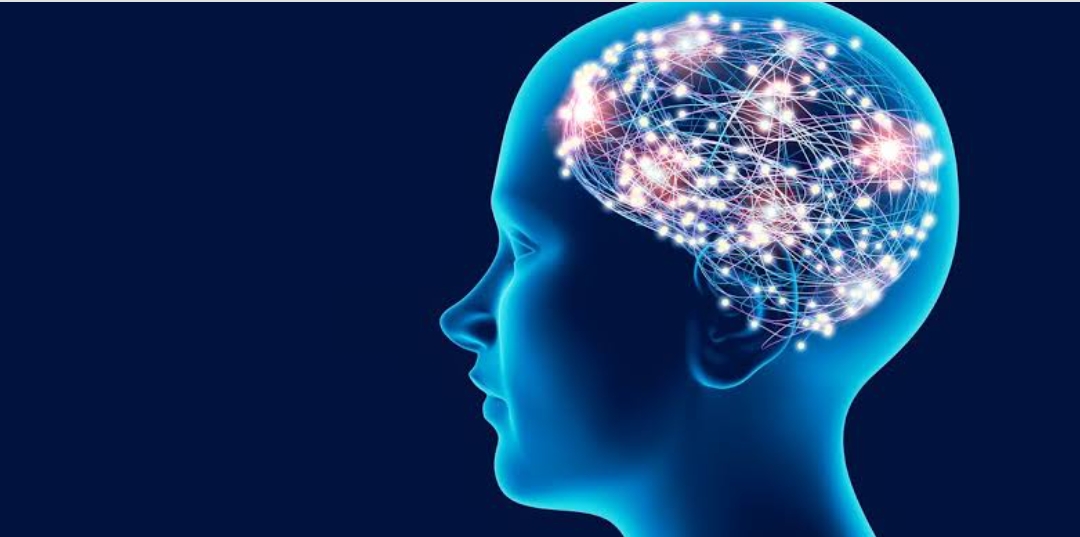
Neurodevelopment in infants with CHD may be predicted in utero
Congenital heart disease (CHD) is the most common class of birth defect and is a major cause of infant and child death and morbidity, including neurodevelopmental delay. Children with severe forms of CHD are at high risk for a spectrum of neurocognitive difficulties that include learning disability, attention deficit and hyperactivity disorder, behavioral problems and mental retardation. The etiology of neurodevelopmental delay in children with CHD is not fully understood but is thought to be secondary to a combination of pre- and post-natal insults to the brain. It has been observed that fetuses with severe forms of CHD have abnormal blood flow to the brain as measured by Doppler ultrasound. This "centralization" or redirection of blood flow toward vital organs such as the brain has been shown to lead to abnormal brain development in other fetal diseases, such as intrauterine growth restriction. Evidence of the importance of prenatal brain development in the setting of CHD is amounting. Neonates with complex CHD demonstrate abnormalities of brain structure and blood flow prior to cardiothoracic surgery. However, to date, associations between abnormal fetal brain blood flow and neonatal neurologic outcomes and brain function have not been established in the CHD population. Finally, newborns with CHD have been shown to have abnormalities in heart rate over a 24 hour period. This finding suggests that the autonomic nervous system, which controls heart rate and blood pressure, may not function properly in infants with CHD.
The study proposes that these changes in blood flows in the fetus with heart disease could be responsible in part for poor brain growth, abnormal brain structure and function and developmental delay in childhood. Investigators will use routine obstetrical ultrasound and fetal echocardiograms to evaluate blood flow to vital organs and brain growth in fetuses with CHD. Investigators will use non-invasive fetal monitors to measure fetal heart rate and movement. Investigators will look at brain structure using Magnetic Resonance Imaging (MRI) in the fetus and newborn. Afterbirth, investigators will use non-invasive monitors to measure neonatal heart rate and blood pressure changes in response to a tilt, similar to what is experienced when placing an infant in a car seat. Investigators will use a non-invasive monitor consisting of a sticker applied to the skin to measure the level of oxygen in the brain. Investigators will also measure brain function in the newborn with an electroencephalogram(EEG) that records the electrical signaling between different parts of the brain using a special plastic hat like a swim cap. Regular physical exams with a pediatrician to measure growth and development will take place. A special test designed to detect learning disabilities will also be done when the child is 14 months old. This test will consist of talking with the child, reading stories, and showing the child pictures and colors. There will be no extra blood tests needed and none of the tests pose any risk to the mother, fetus, infant, or child.
The possible benefits to the child and the family will be early identification of any brain abnormality in the newborn period as well as learning disabilities in the toddler which will then allow the child to receive therapies designed to treat these problems. Studies show that early identification and treatment of learning disabilities are important to enhance the potential of the child.
Visit DocMode for Courses and lectures


